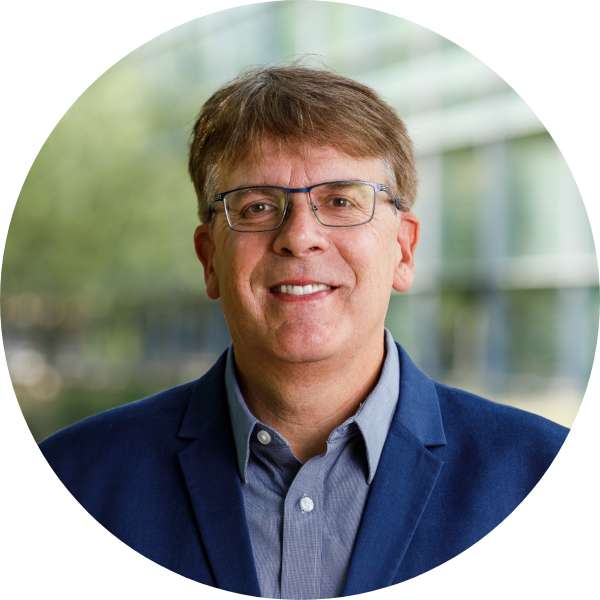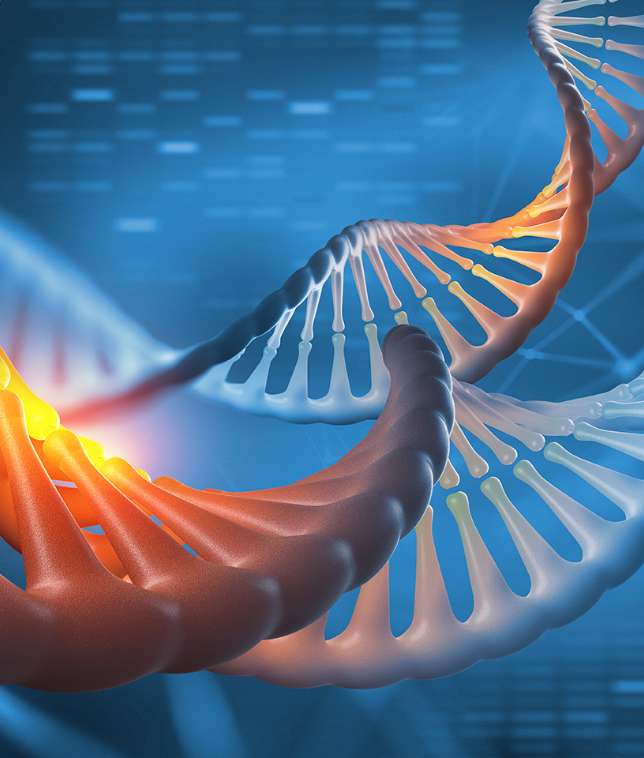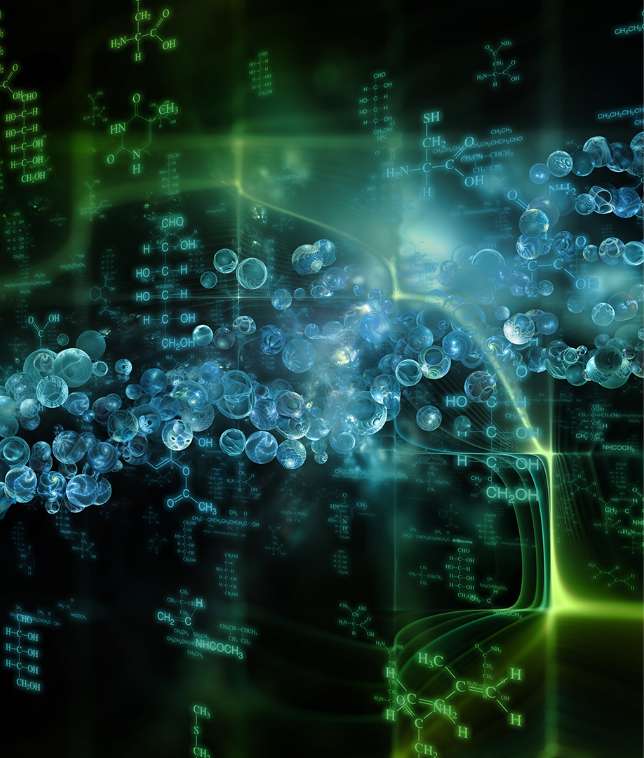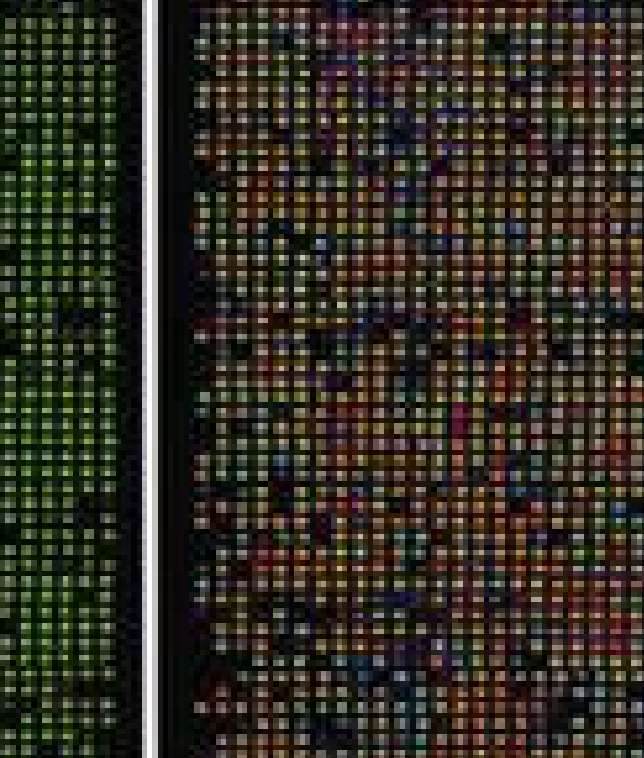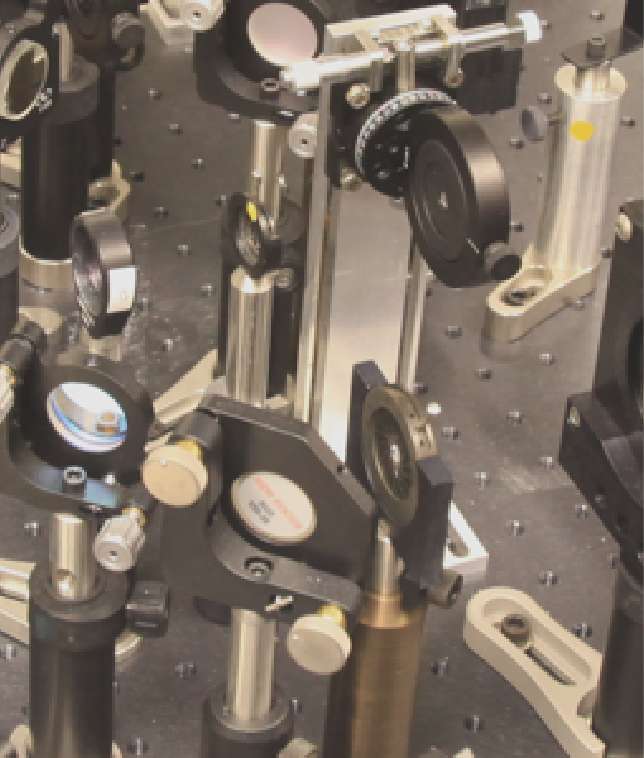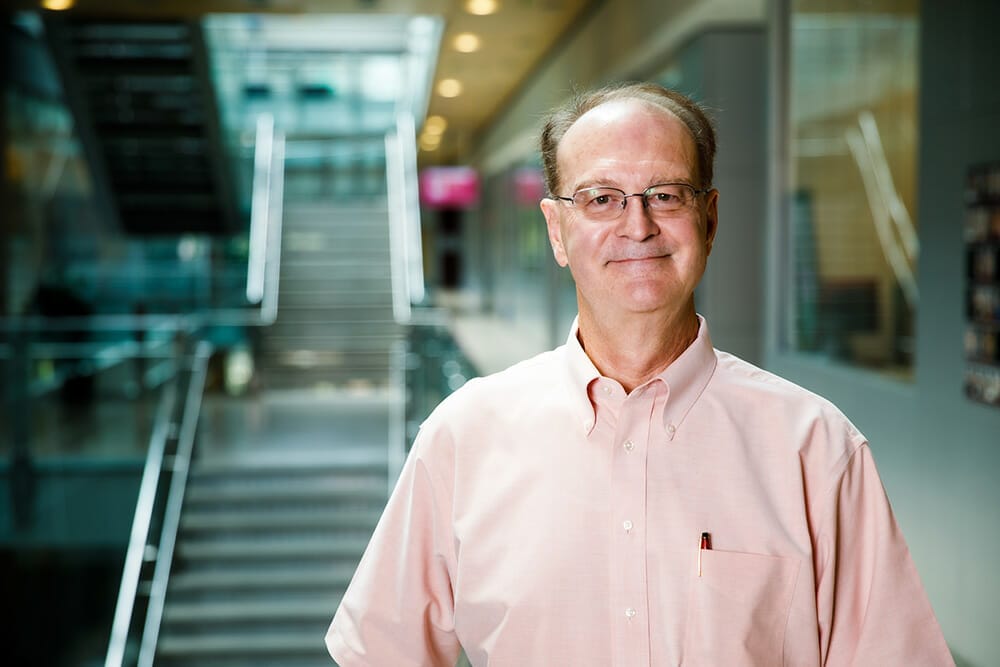
The latest environmental research
Our interactions with the environment present us with a host of challenges, such as energy production, toxic pollutants and reliance on plastics. Biodesign is taking on these challenges by finding new, sustainable ways to generate energy, food, renewable plastics and other materials, as well as by studying how environmental factors affect human health and removing harmful plastics, chemicals and other pollutants from our water and soil. Our research efforts offer practical pathways toward a healthier future for ourselves and our planet.
Frequently asked questions
Clean energy is energy that produces very little or zero carbon emissions. Renewable energy is clean energy that comes from sources that replenish naturally; examples include solar and wind power. Clean energy sources that are considered “clean” but not “renewable” include nuclear energy and hydropower.
Bioremediation uses tiny organisms like microbes and bacteria to clean toxins and pollutants out of water and soil. It works by encouraging helpful microorganisms to use contaminants as their food source. If the right microorganisms aren’t already present, it may also involve introducing good microbes or bacteria into the environment. When human activity has left an area contaminated and unusable, bioremediation is a natural solution that restores the area and makes it usable again.
Environmental toxins can be found nearly anywhere, like farmland, ocean, air, drinking water, food and even inside the home. They are present in various consumer products such as soap, plastic tubing, paint and packaging. Common toxins in the home include pesticides, mold, lead, mercury, BPA, parabens and phthalates. Environmental toxins can collect in the body; the Centers for Disease Control and Prevention have measured more than 400 environmental chemicals or their metabolites in human samples. These toxins can affect the hormonal, respiratory, immune and digestive systems.
Microplastics are tiny pieces of plastic that are less than 5 millimeters long. They can originate from personal care products that use microbeads, from wearing off of other materials like synthetic fibers in a washing machine, or from larger pieces of plastic that break down into smaller pieces over time. Sadly, microplastics are found across our planet’s ecosystems, from mountaintops to sea floors. In 2020, ASU researchers published a study in which they found microplastics in human organs; although this material can collect in the body, its effect on health is still unknown.
Efforts underway
Investigating nature’s secret to clean energy
Proteins in plants and animals have many important roles, including using energy from sunlight to create our oxygen and our food. To figure out how proteins do this, Biodesign researchers are exploring their structure and functions. This research requires special technology, so our experts are also at work to develop new methods and technologies to study proteins, including using X-ray lasers to take snapshots of proteins in motion. This knowledge will have critical implications for clean food and energy production in the future.
24%
24% of all global deaths are linked to the environment, according to the World Health Organization.
Eliminating pollutants and protecting human health
Today, human health is at risk due to environmental factors like contamination, chemicals in consumer products, aerosolized biological agents and microplastics pollution. Biodesign researchers are committed to protecting our health and critical ecosystems by detecting and ultimately eliminating harmful chemical and biological agents. Working at scales from local to global, we are designing and implementing solutions through engineering, industry engagement and public policy.
Our experts investigate the fate of chemicals from pharmaceuticals, personal care products and other contaminants, and they deploy bioremediation strategies to remove toxic pollutants from soil and groundwater. In addition, they study the extent of human exposure to toxic pollutants and the associated health effects.
ASU KEDtalk: What soap leaves behind featuring Professor Rolf Halden
Partnering with microbes for a cleaner future
Microbial communities are groups of microorganisms that live and interact with their environment together. They’re found everywhere on Earth, and their incredible abilities and metabolisms, if harnessed correctly, offer opportunities to benefit society. Biodesign scientists — including engineers, biologists and chemists — are forming partnerships with these communities and learning how to use them to clean up pollution and create renewable energy and resources.
300 million
Today, the world produces about 300 million tons of plastic waste each year, according to the United Nations Environment Programme.
Solving the plastic problem
Plastics have enhanced our quality of life, while also accumulating in our environment at an alarming rate — 300 million tons per year globally. Biodesign is taking inspiration and tools from biology to address the problem of plastic waste and create a circular plastic economy. Our scientists are designing renewable monomers and polymers, supporting depolymerization efforts, and finding applications for renewable plastics in electronics and aerospace.
Latest environmental news
Related experts
Related centers

Center for Applied Structural Discovery
Center for Environmental Health Engineering
Swette Center for Environmental Biotechnology

Center for Fundamental and Applied Microbiomics

Center for Sustainable Macromolecular Materials and Manufacturing
Related facilities
Studying the environment requires specialized equipment. These facilities support this work.
Advance our efforts
Support environmental research by making a donation.



